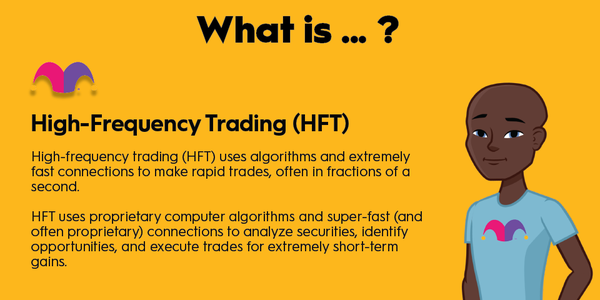Cryptocurrencies such as Bitcoin (BTC 0.07%) and Ethereum (ETH 0.46%) are built on a type of software called blockchain. Like any other type of software, changes can be made to a blockchain network to improve its functionality. When that occurs, it’s known as a “fork” as in “a fork in the road,” or when a path splits in two different directions.

What is a hard fork in the blockchain?
A “hard fork” in a blockchain is when the software rules are altered, creating a second and separate blockchain running parallel to the original. This is different from a “soft fork,” in which a change occurs that updates the entire blockchain network and the current software remains backward-compatible with earlier versions.
How a hard fork works
To understand how a hard fork works, consider how blockchain technology works. A blockchain is a digital ledger distributed among many users that contains blocks of data regarding past transactions and other events. Along with data on a blockchain’s transaction history is a set of instructions -- called “protocols” in software parlance -- that dictate how the blockchain network functions.
Because a blockchain is decentralized, any changes to its protocol need to be voted on and approved by its community of users. To make major changes to an existing network or resolve disagreements in how a blockchain should be developed, a hard fork might be voted on to create an entirely new blockchain. From there, developers can choose between the two blockchains when building new projects.
Hard forks can occur for a number of reasons, including improving security of a blockchain network, speeding up transaction processing times, or adding support for additional functions.
A few examples of hard forks
There have been a number of notable hard forks since blockchain technology made its debut with Bitcoin in 2009. Take Bitcoin itself as an example.
One of the first hard forks in the crypto universe was in 2014 when Bitcoin XT branched off from Bitcoin. A proposal was made to increase the number of transactions per second that Bitcoin could handle from seven to 24. This was accomplished by increasing the size of each new block from one megabyte to eight. However, not long after the fork, the Bitcoin XT project lost interest and is no longer being used.
In the wake of Bitcoin XT’s failure, another proposal was made to increase Bitcoin’s block size. In 2017, another hard fork was created, and a new cryptocurrency called Bitcoin Cash (BCH -0.05%) was born. In 2018, Bitcoin Cash also had a hard fork, creating Bitcoin Cash ABC (the original version) and a new parallel network called Bitcoin Cash SV (CRYPTO:BSV).
Ethereum also underwent a hard fork a couple of years after its launch. In response to hackers draining Ethereum from the account of crypto investment start-up The DAO (“DAO” is an abbreviation for “decentralized autonomous organization”), a fork was implemented to allow victims of the attack to redeem some funds from the faulty DAO. Some miners didn’t opt in since the flaw wasn’t with Ethereum itself. The original blockchain lives on as Ethereum Classic (ETC -0.57%).
Pros and cons of hard forks
There are a lot of benefits to a hard fork. It may satisfy security issues or provide upgrades to the performance of a blockchain network. A hard fork might alter the rewards for mining a cryptocurrency and how miners function. Hard forks might also give some participants in a blockchain community the opportunity to part ways if they have a different vision for their blockchain project.
However, there are disadvantages to hard forks, including:
- Confusion among investors as a new but similar cryptocurrency spins off from the original.
- Hackers may be able to take advantage of weaknesses in the blockchain network after a hard fork, such as a 51% attack or a replay attack.
- The old version of a blockchain may continue to exist after a fork even though it may contain security or performance flaws the hard fork was designed to fix.
Soft fork vs. hard fork
A soft fork can be thought of as a minor upgrade to software, similar to updates that frequently occur on a smartphone. If updates aren’t downloaded right away, functionality on devices is usually still valid. Soft forks in blockchain operate in a similar fashion. The update is backward- compatible with older versions of the blockchain software.
This contrasts with a hard fork, in which the upgrade is no longer compatible with older versions of the blockchain. Something similar occurs when a new operating system software upgrade is pushed to a computer, rendering older versions obsolete.
Related investing topics
Hard forks and crypto investing
As with all software technology, hard forks aren’t uncommon in the blockchain and cryptocurrency industry. Radical changes are often proposed to improve a blockchain network’s performance and security, sometimes resulting in a new cryptocurrency token once the fork is executed. For a cryptocurrency investor, staying up to speed on these proposed changes in your crypto holdings is important since it can result in new coins or tokens being distributed into your account.
Bear in mind that the cryptocurrency industry is young and quickly evolving. Changes in blockchain protocol can have a drastic impact on the value of crypto holdings you own. Invest in this space with caution, especially if you are new and still learning how blockchain works.

















